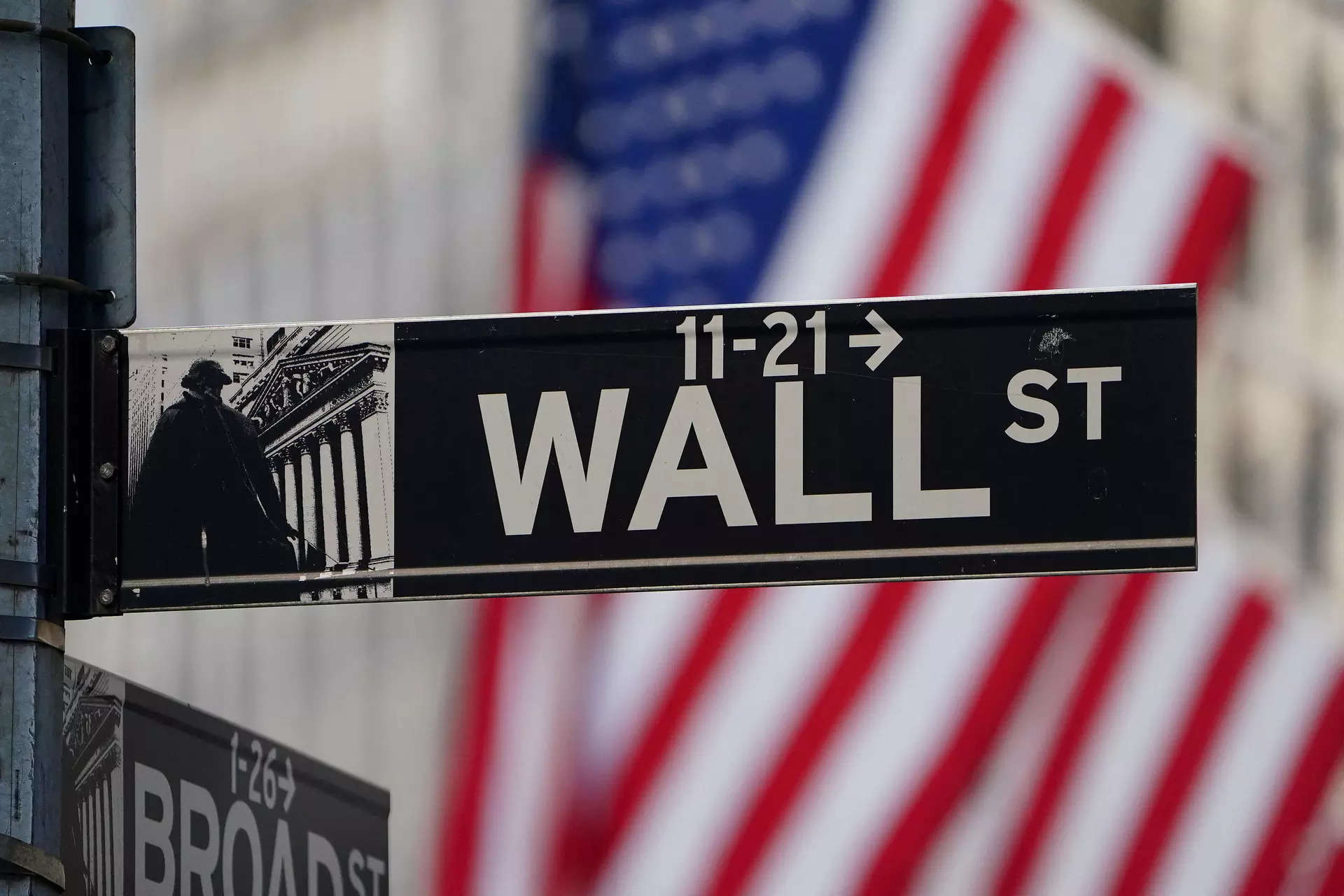US stocks slip as holiday-thinned week begins
Traders now see a nearly 71% chance of the Fed bringing in the first cut in June, according to the CME FedWatch tool, up from around 55% at the start of last week. At 11:38 a.m. ET, the Dow Jones Industrial Average was down 105.96 points, or 0.27%, at 39,369.94, the S&P 500 was down 7.90 points, or 0.15%, at 5,226.28, and the Nasdaq Composite was down 18.32 points, or 0.11%, at 16,410.50.
Wall Street's main indexes eased at the start of the holiday-shortened week on Monday as investors looked forward to key inflation data later this week, while advancing chip stocks kept losses on the tech-heavy in check.The Philadelphia Semiconductor Index rose 0.5%, with Micron Technology jumping 9.0% to a record high, while industry heavyweight Nvidia climbed 1.6%.
Over the weekend, a report stated that China had introduced guidelines to phase out U.S. microprocessors supplied by Intel and AMD from government personal computers and servers. Intel was down 1.2% while AMD, reversing earlier losses, was last up 1.4%.
Both the S&P 500 and the Dow logged their best weekly percentage gains so far this year on Friday, with the Fed sticking to its guidance of three interest-rate cuts this year.
Chicago Fed President Austan Goolsbee backed that claim and said he had penciled in three rate cuts for this year, while Fed Governor Lisa Cook said the central bank needs to proceed with caution as it decides when to start cutting interest rates.
Traders now see a nearly 71% chance of the Fed bringing in the first cut in June, according to the CME FedWatch tool, up from around 55% at the start of last week.
The crucial February reading of the Personal Consumption Expenditures (PCE) price index, the Fed's preferred inflation gauge, is due on Friday, when U.S. markets will be shut for the Good Friday holiday.
A hot reading for the PCE index could dent market optimism around early rate cuts.
Final estimates for fourth-quarter GDP and a March consumer confidence reading are also due in the next few days and will round off the March quarter's last trading week.
"We tend to discount market moves within plus or minus one week of the end of a quarter, because a lot of institutional flows that you typically see are putting investment policy benchmarks back together," said Mike Dickson, head of research at Horizon Investments.
"That makes the price action this week probably a little less important than any other week that we've had this year."
At 11:38 a.m. ET, the Industrial Average was down 105.96 points, or 0.27%, at 39,369.94, the S&P 500 was down 7.90 points, or 0.15%, at 5,226.28, and the Nasdaq Composite was down 18.32 points, or 0.11%, at 16,410.50.
Eight of the 11 major S&P 500 sectors were trading lower, with communication services leading losses, down 0.6%, while energy outpaced peers and was up 1.2%.
Boeing pared some gains and was last up 1.5% after it announced a broad management shakeup and said CEO Dave Calhoun would step down from his position at the end of 2024.
Walt Disney gained 2.5% after Barclays upgraded the stock to "overweight" from "equal weight".
Cryptocurrency and blockchain-related stocks such as exchange operator Coinbase Global, crypto miner Riot Platforms and software firm MicroStrategy added between 7.4% and 18.8%, tracking the recovery in bitcoin .
Advancing issues outnumbered decliners by a 1.12-to-1 ratio on the NYSE. Declining issues outnumbered advancers for a 1.00-to-1 ratio on the Nasdaq.
The S&P index recorded 31 new 52-week highs and two new lows, while the Nasdaq recorded 77 new highs and 69 new lows.
Source: Stocks-Markets-Economic Times
